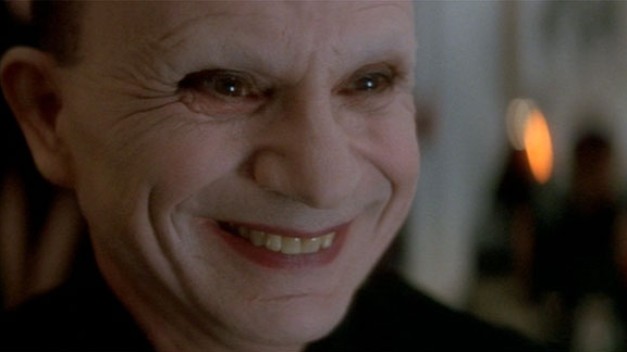
Some people rave about movies they were captivated by because of how it made them feel, rather than having an engaging story. This could be because of the tone set by the music, the cinematography, the lighting, and the intensity of the performances, and many other factors where the screenwriter may not have had much input.
Movies can enamor people, and make them experience all sorts of feelings, from heartache, anger, relief, joy, and even boredom if the film in question is dull. Often these feelings are what viewers take away from films.
These films are like songs where the lyrics make absolutely no sense, but the tune and melody is so captivating that listeners simply do not care about the lyrical content. When films like this finish, viewers will leave still feeling its effect on them.
Below are 10 films that may not necessarily tell a story, but they certainly take viewers on a journey of emotions, mind blowing visuals, and a movie-going experience unlike any other. Spoilers ahead!
10. Mad Max: Fury Road (George Miller, 2015)
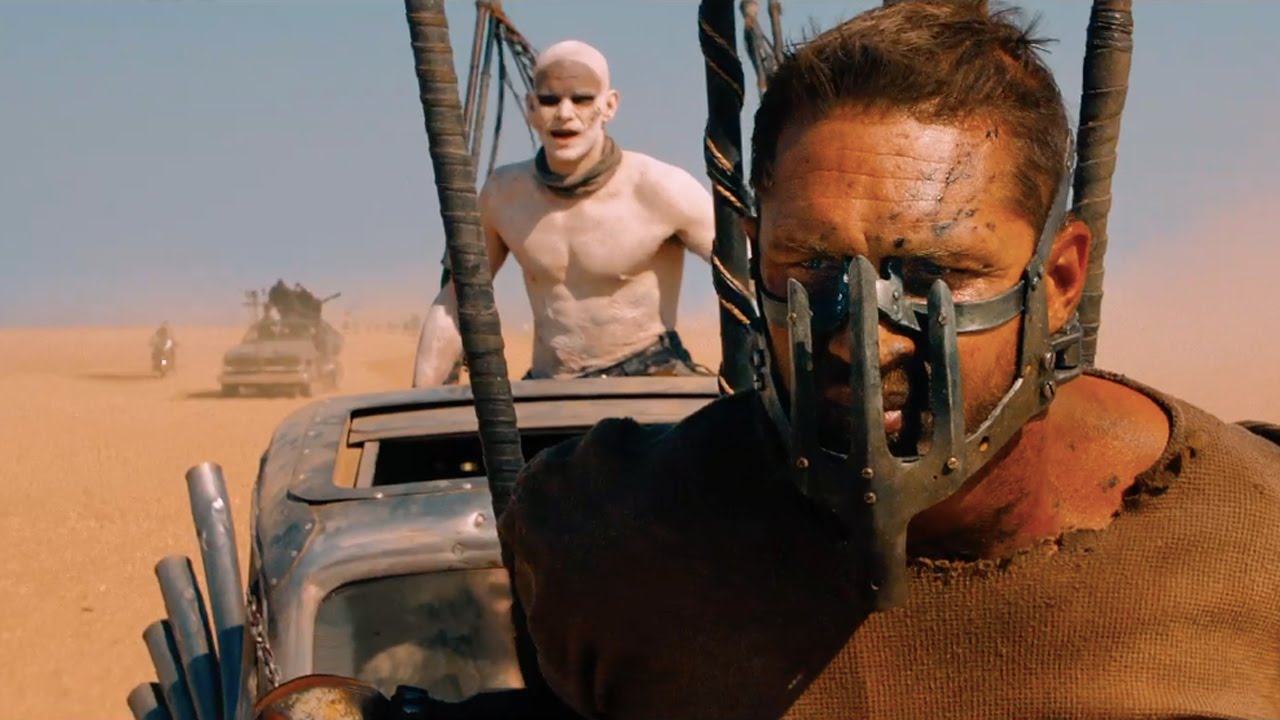
There was a 30 year gap between this film and the series’ previous entry, “Mad Max: Beyond Thunderdome”. Unlike the previous three Mad Max films, “Mad Max: Fury Road” almost has no plot at all. It is almost like a grueling feature-length car chase. While the film does become monotonous at times because of this, the film is more about the general sense of living in a horrible, post-apocalyptic world and having to do anything to survive.
The long car chase is not just about action and explosions. It is ultimately about the characters, from both sides, refusing to give up their goal and keep on going no matter the cost. The film is as much about the characters’ suffering as it is an action blockbuster.
However, the experience of “Mad Max: Fury Road” does not stop when the cars stop moving. It merely slows down and displays, along with the visually stunning shots of the empty desert, that there is no hope for these characters at a better life in such a place.
9. The Master (Paul Thomas Anderson, 2012)
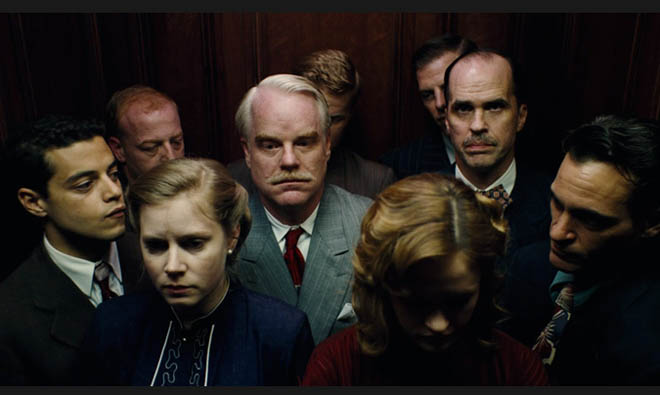
The influence of religion has a strong impact on people, sometimes with dangerous results, and “The Master” shows how cults can affect people. The lack of plot is substituted for the eerie feeling that the film gives regarding how The Cause, the cult in question, influences its followers and makes them do radical things.
The subtlety of the way The Cause gains followers is unsettling as it is not that blatant, but it is very clearly present. The processing scene, which shows how Freddie (Joaquin Phoenix) is becoming dehumanized and broken down to be controlled by both The Cause and its leader Lancaster Dodd (Philip Seymour Hoffman), is strong.
The scene toward the end of the film where Hoffman sings “Sailboat to China” to Phoenix to say his final goodbye and to show how betrayed he feels, with Phoenix crying, is so powerful, yet it is a quiet scene at the same time. This is more effective than a brasher and dramatic scene would have been.
The final scene with Phoenix is with a girl, and he repeats the questions he was asked in the aforementioned processing scene; it ends the film on an eerie note, that although he has left The Cause, he is still affected by it and their views of the world.
The constant foreboding feeling throughout “The Master” perhaps speaks more than its criticism of cults. The cinematography is fantastic, fully capturing the barren landscapes it’s set in that are just as barren as the void in Freddie’s heart after fighting in World War II; the music and the film’s slow pace are very effective in conveying that sadness as well. The plot is dense and makes you think about what is happening to fully take it all in.
8. Antichrist (Lars von Trier, 2009)
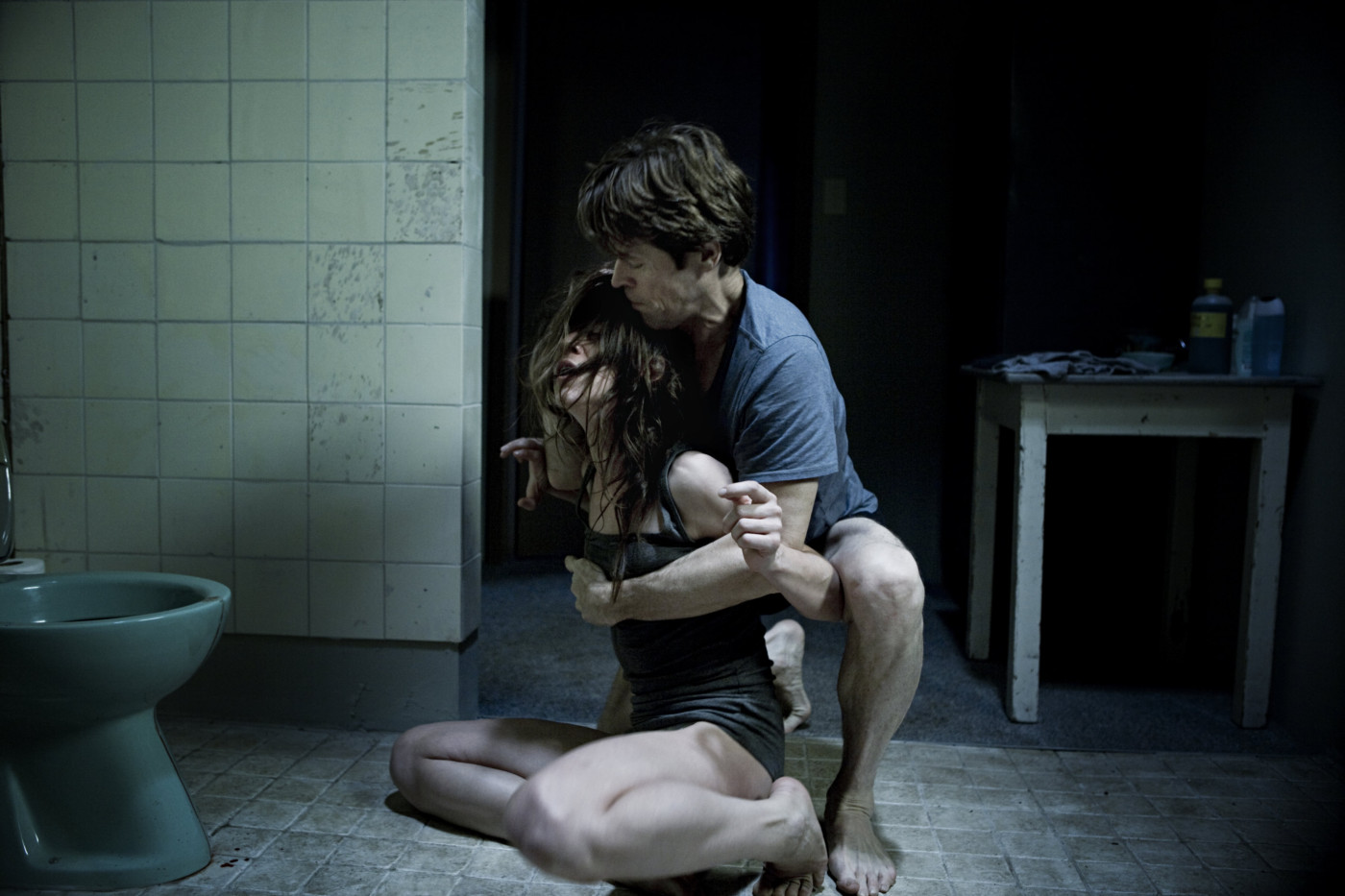
To say Lars von Trier is a pessimistic filmmaker is a huge understatement. He is known for channeling his depression through filmmaking, and it really does show through his 2009 horror film “Antichrist”.
The plot is very simple in that a couple, simply called He (Willem Dafoe) and She (Charlotte Gainsbourg), are grieving over the death of their son Nic, and they travel to a cabin in the woods as part of She’s healing process. What happens then is both their surroundings and She’s dark thoughts get the better of her, resulting in brutal violence.
Although the above plot description may look a bit thin, the experience of watching “Antichrist” is a harrowing one. The bleak tone, the dark lighting, the creepy woods, and the graphic violence in “Antichrist” represent the grief He and She face over their dead son, and that death is everywhere.
The grim and disturbing visuals, like the deformed talking animals and the tree with human bodies hanging out of it when He and She have sex in front of it, create an atmosphere of pure dread for the audience. In fact, there are no light moments in the film.
“Antichrist” is a dark version of the story of Adam and Eve in the Bible and how they were led astray to betray God in the Garden of Eden, which created all the evil temptations in the world, especially lust. She actually says that “nature is Satan’s church,” and in this version of Eden, it is easy to believe that.
7. The Fountain (Darren Aronofsky, 2006)
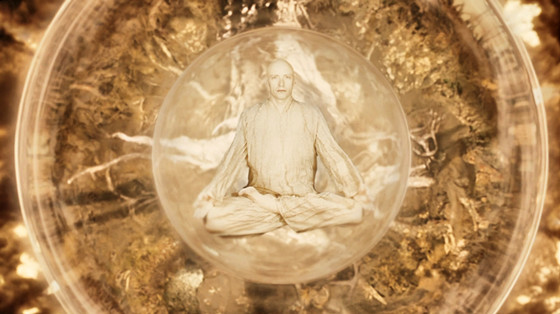
The theme of living forever and cheating death has been used in stories for many, many years, but “The Fountain” shows how three different men in different time periods, all played by Hugh Jackman, are seeking the Tree of Life to achieve this goal.
Tomas the conquistador is fighting Mayans in the year 1500 to help his beloved queen bring peace; Tom is a scientist trying to cure the cancer that is killing his wife in the year 2000; and Tommy the space traveler in the year 2500 seeks to be with the love of his life for eternity.
There is barely a plot, and the three different plots have no real connection to one another and their tales are told nonlinearly. The only connection they have is their quest to save the woman they love from death. The fact that these men do not live in one another’s lifetime gives the film a weird feel, going back and forth from the past, the present, and the future.
“The Fountain” is visually great and each time period is a great visual contrast for viewers, giving them not one but three distinct experiences in one film. All of that happens while maintaining its constant themes of eternal love and trying to defeat death, making all three stories in “The Fountain” tragedies that viewers can relate to on some level.
6. Naked Lunch (David Cronenberg, 1991)
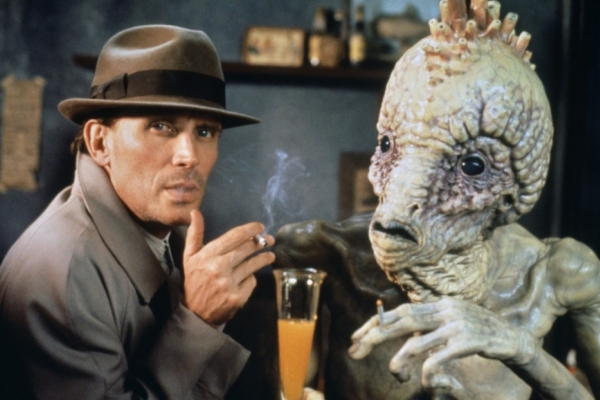
William S. Burroughs was known for his strange novels, and David Cronenberg is known for his surreal films. It makes sense that there would be some type of collaboration between them, and the result of combining their strange intricacies is the 1991 film “Naked Lunch”.
The film sees bug exterminator William Lee (Peter Weller) using insecticide to get high, which results in him accidentally shooting his wife and imagining giant insects are speaking to him. Worst of all, he listens to these bugs and starts believing he is a spy working for an organization based in Interzone in North Africa. That is as much plot as “Naked Lunch” has.
The rest of it is about the viewer absorbing the grotesque imagery of both the bugs and the settings of both 1950’s New York and Africa. The theme of the film is the negative effects drug addiction has on both the user’s life and those around them, something the novel’s author lived through. The bugs clearly represent his addiction to bug spray.
The weird feel of the unusual Arab-like culture in Interzone was juxtaposed against the strong homosexual undertones hinting at repressed homosexuality, considering homosexuality was highly taboo in the 1950s, and especially in the Arab world. The two big bugs with men’s faces being connected is them having homosexual sex, but William is too high to see it for what it really is and imagines they are bugs.
What “plot” the film does have does not make much sense and reflects the drug-induced haze the protagonist is experiencing, which is what viewers experience as well when watching “Naked Lunch”.